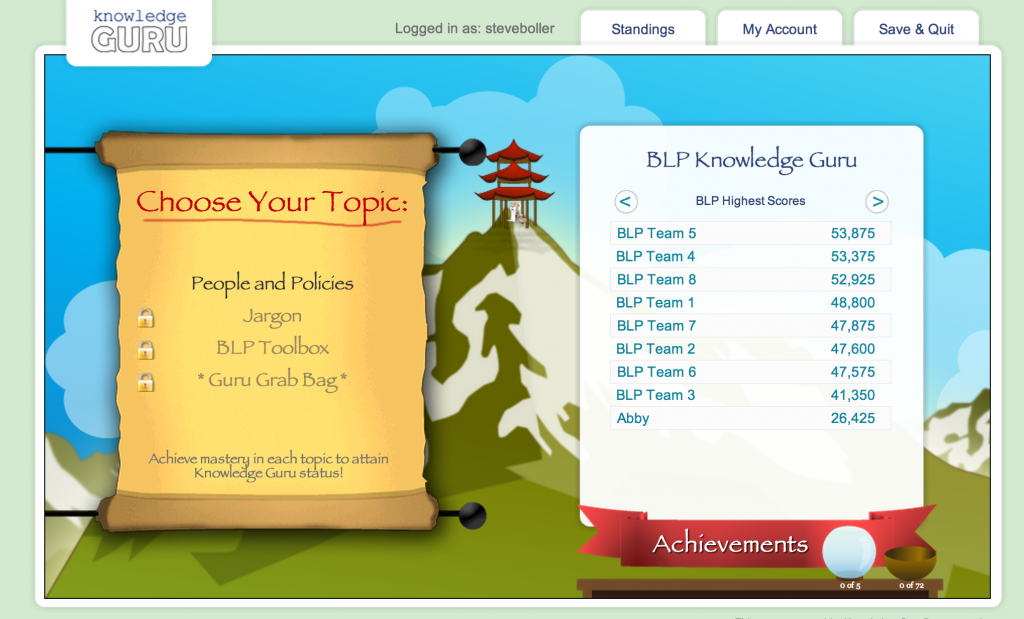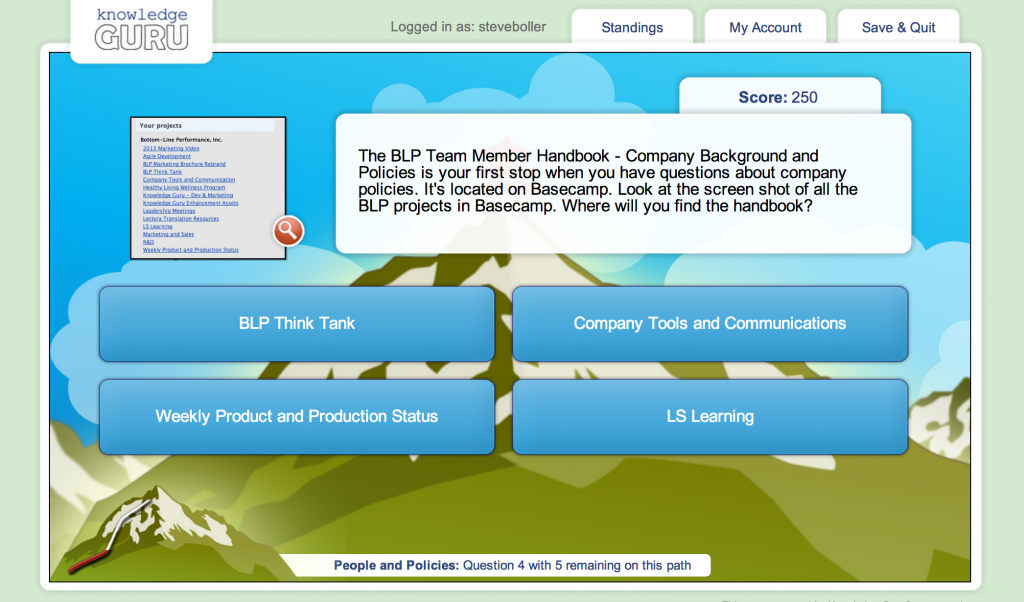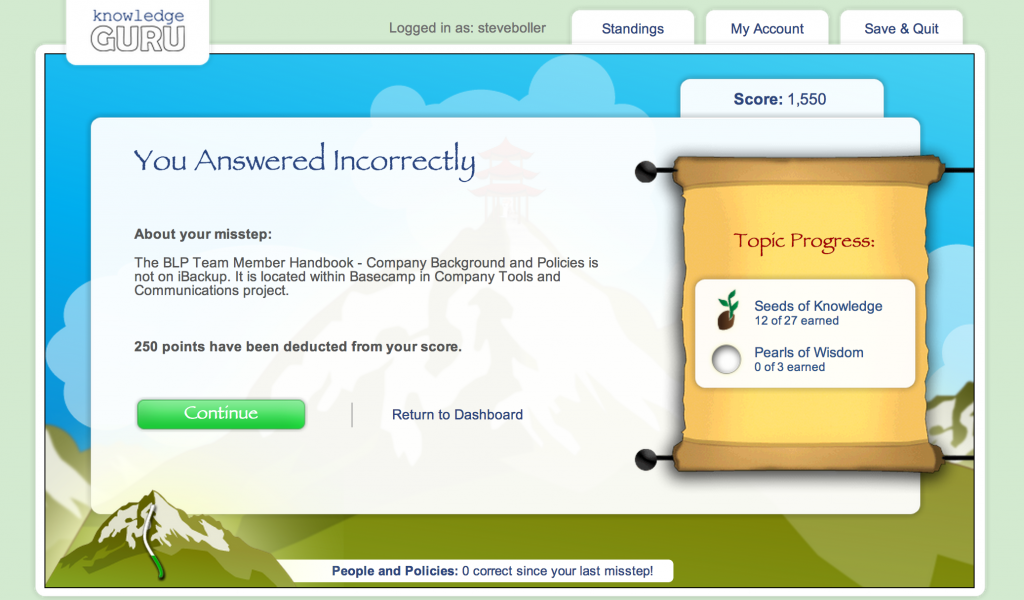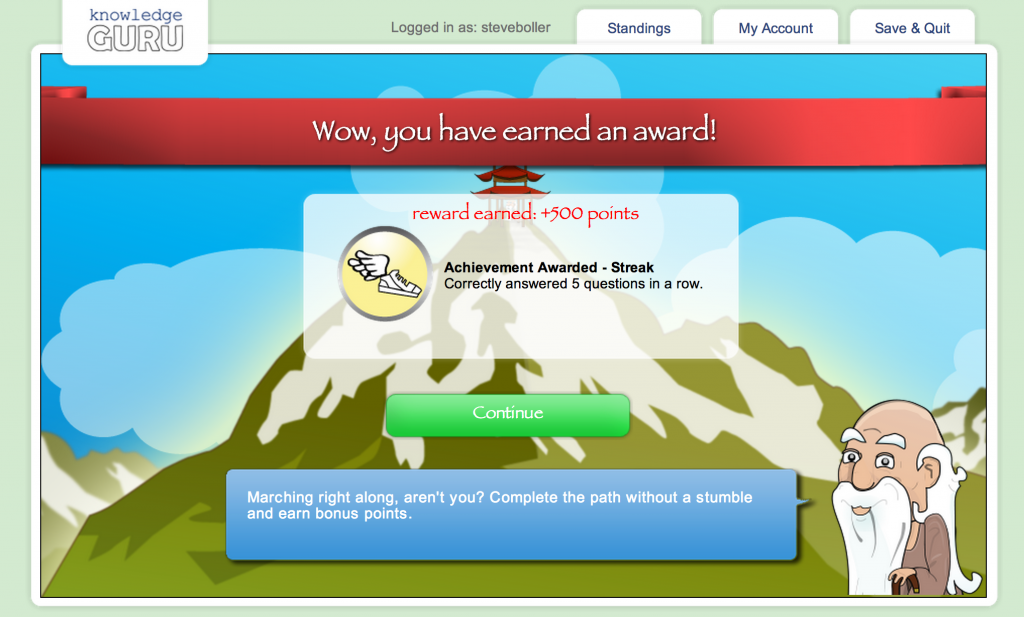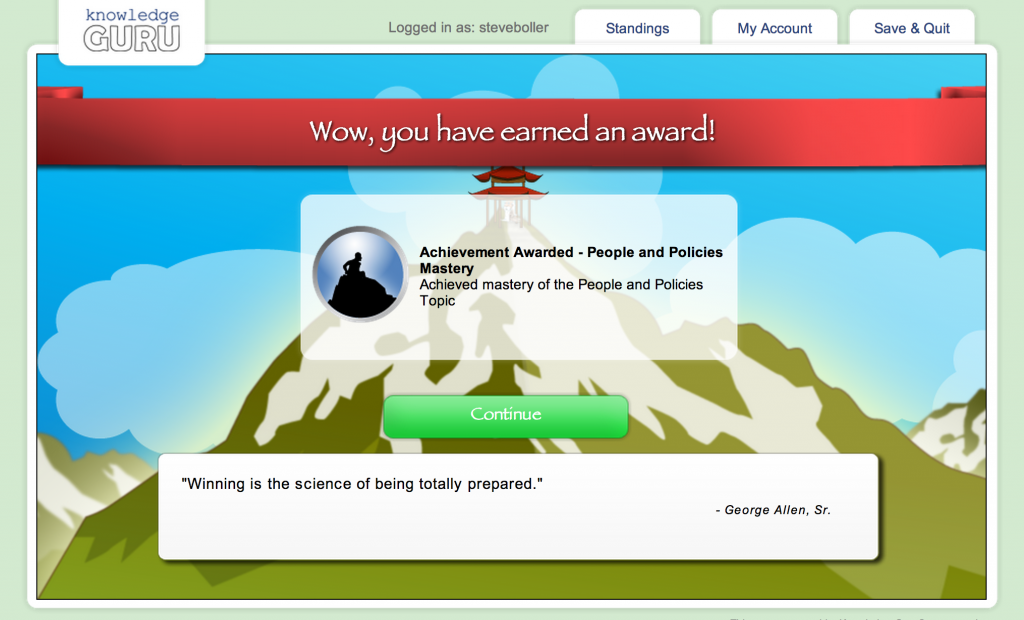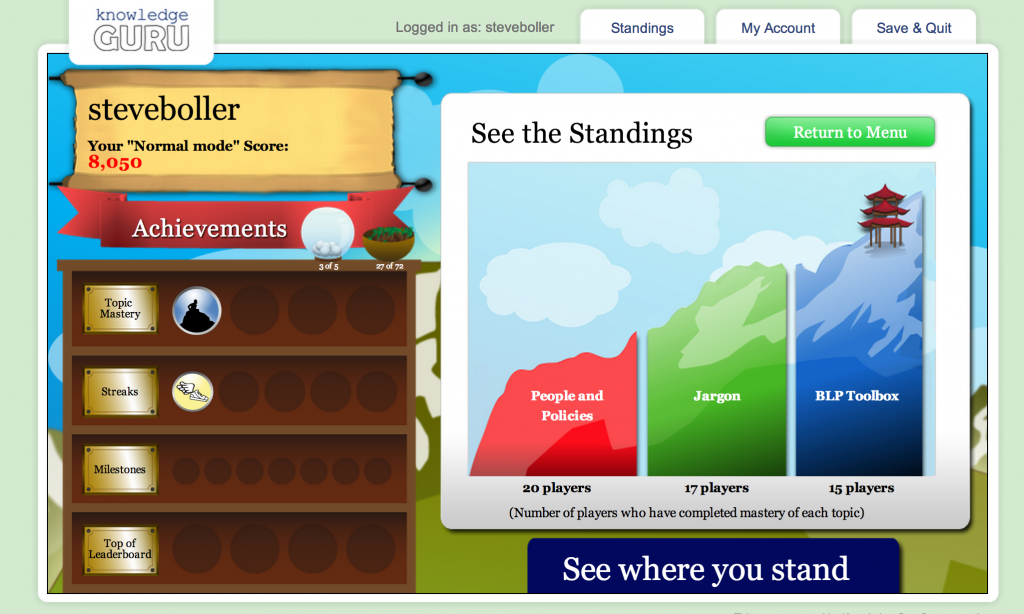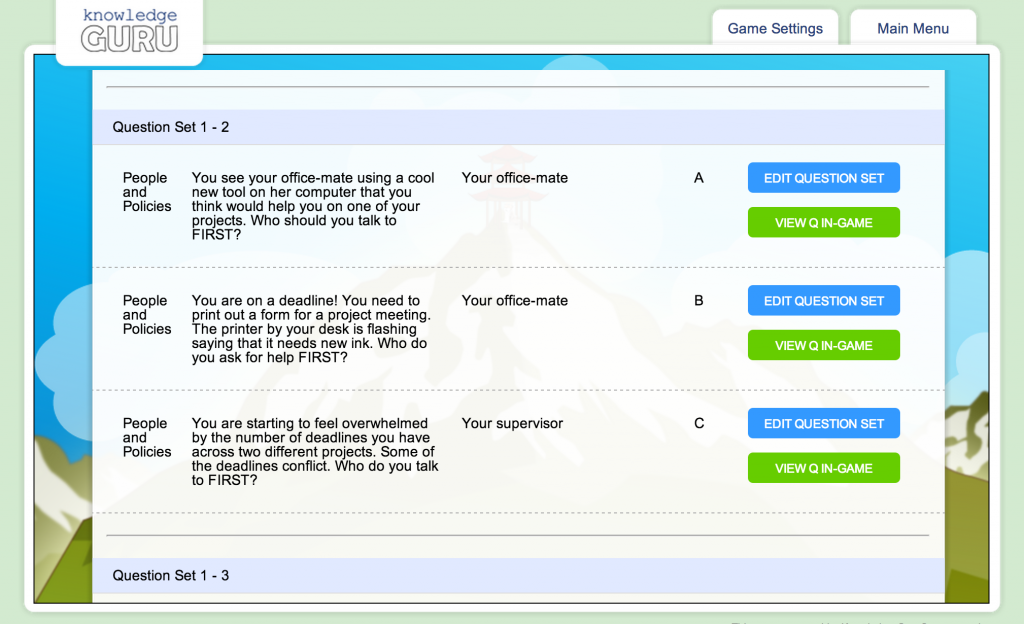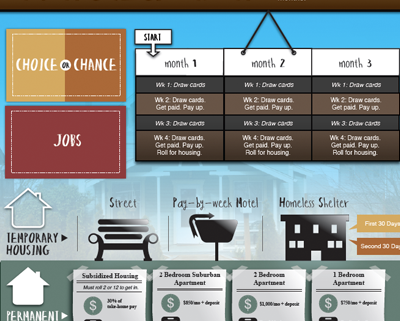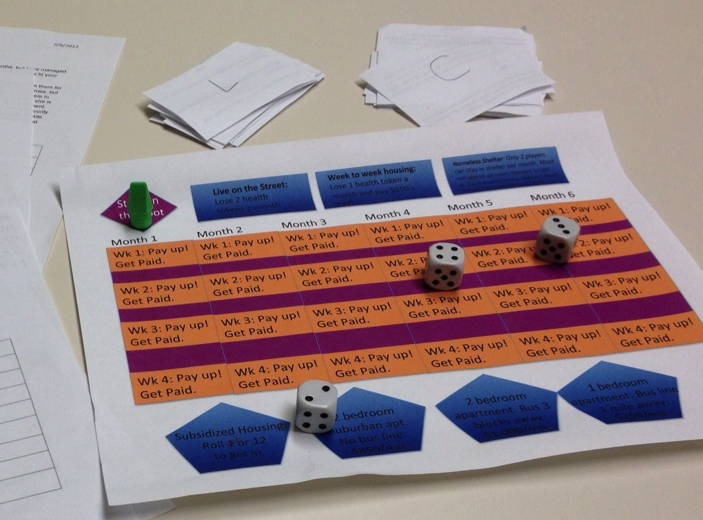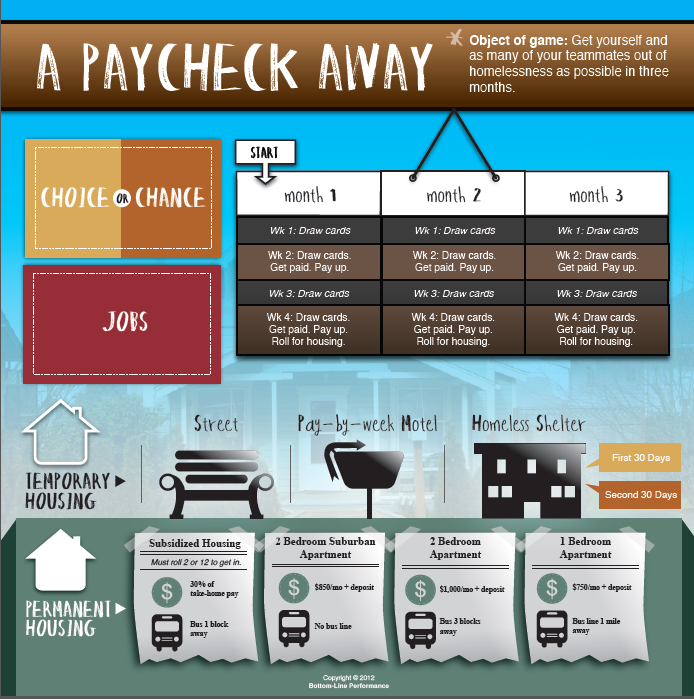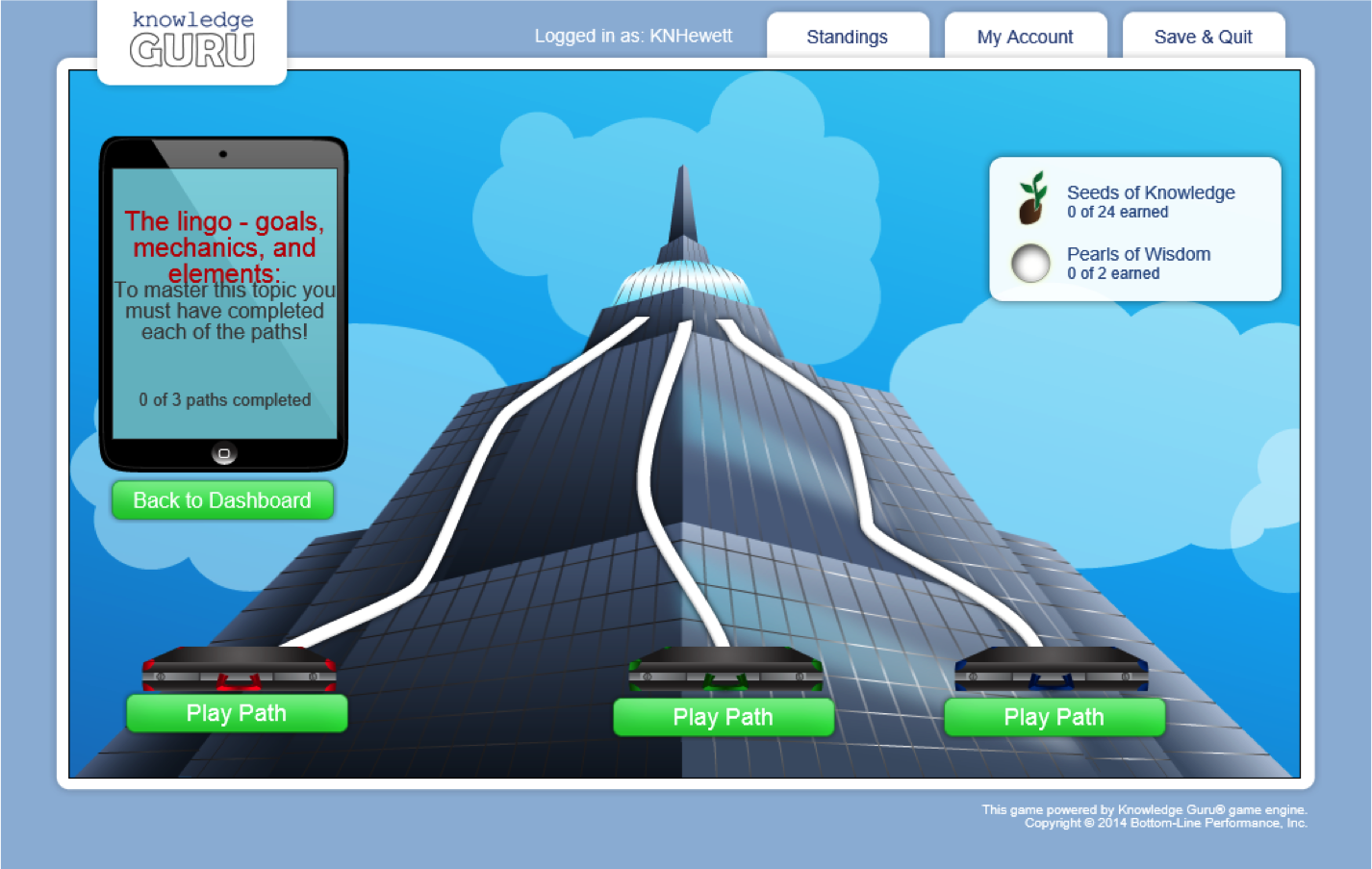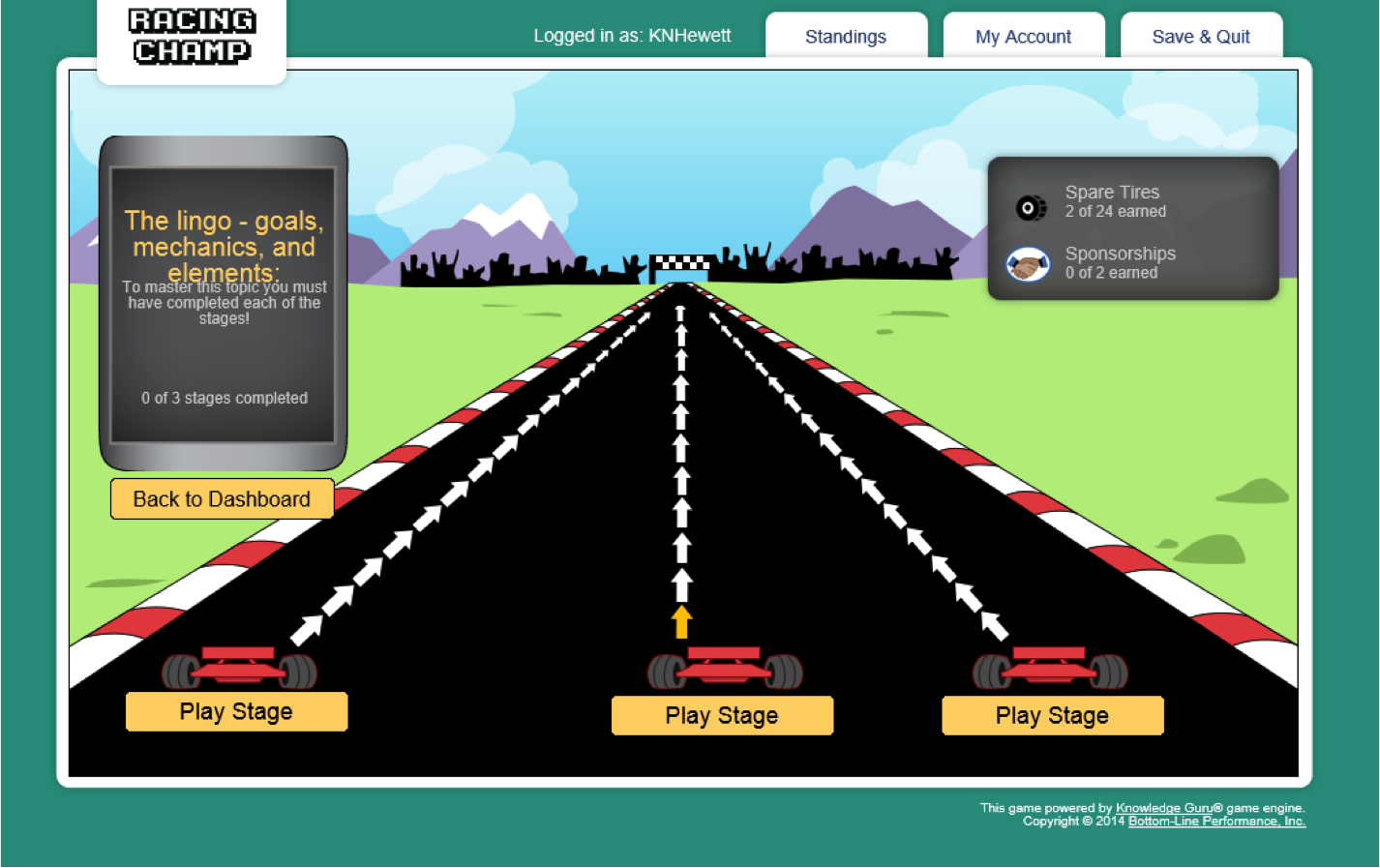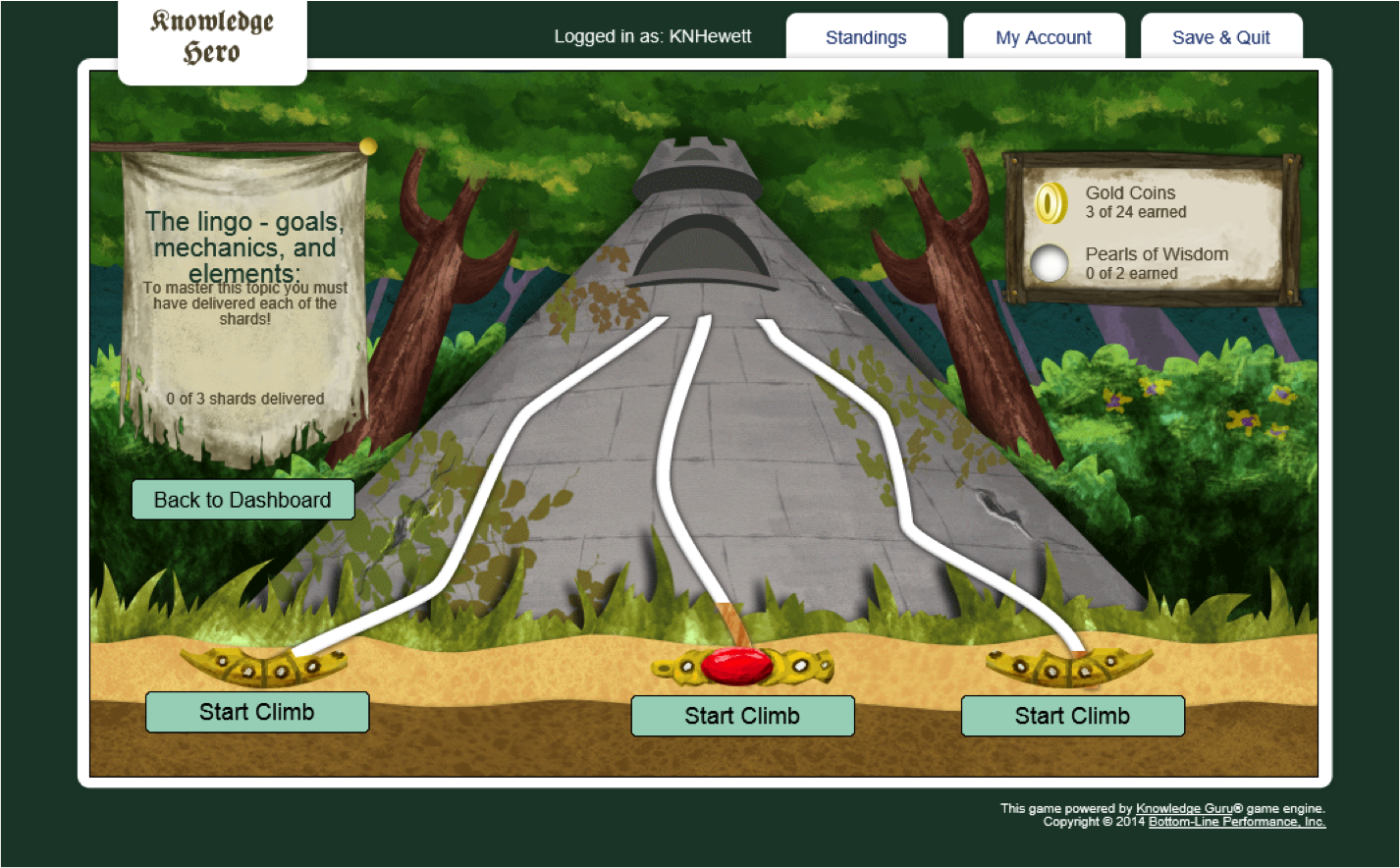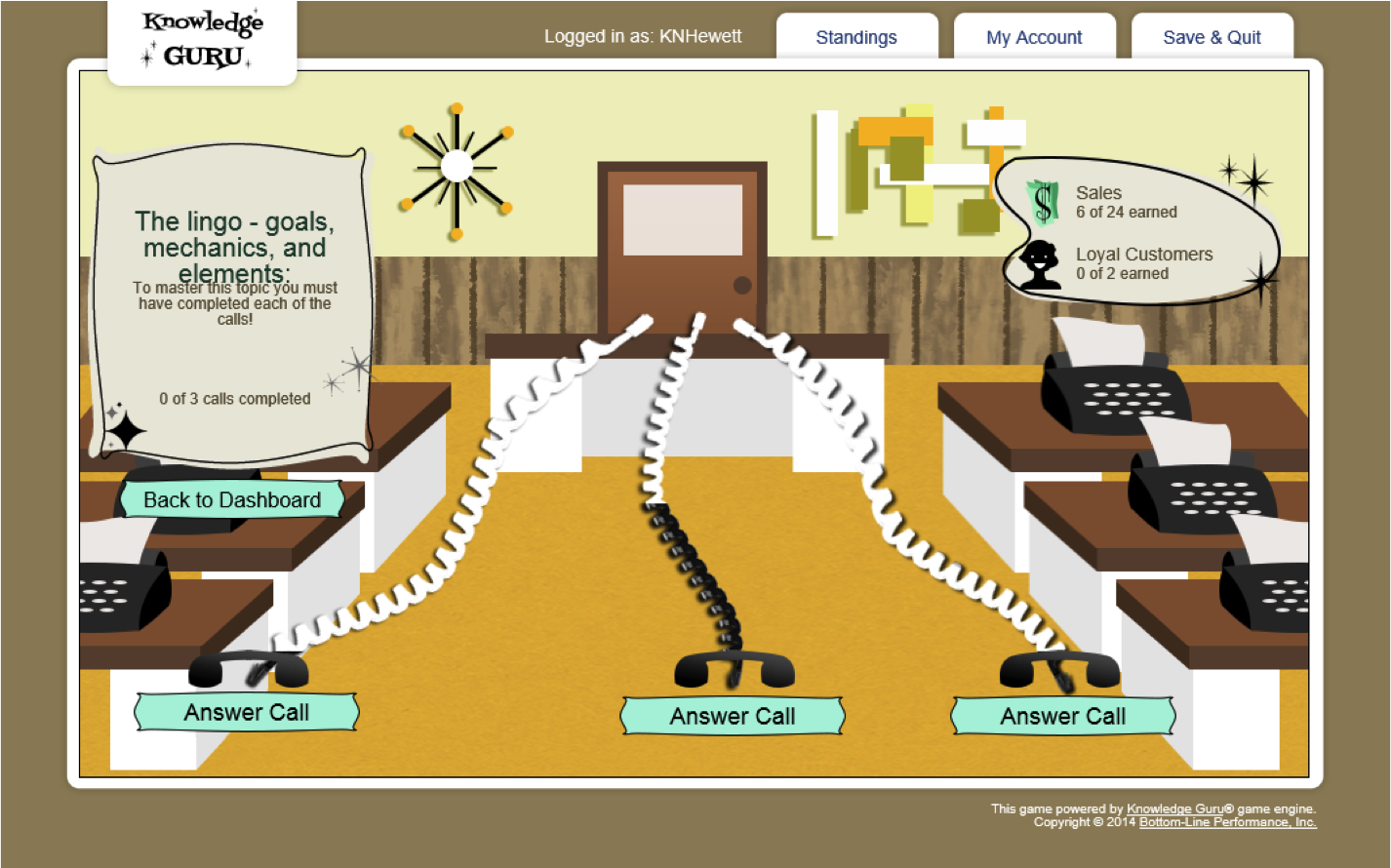Follow the Action at #ATD2015

For the third straight year, the Bottom-Line Performance team will head to ATD International in support of our Knowledge Guru platform. As usual, our schedule is full of educational sessions and workshops that explore learning science, retention and learning game design. Here’s where we will be in Orlando:
Saturday, May 16th
Play to Learn: Designing Effective Learning Games:
All-day preconference workshop – W103A
BLP President and Knowledge Guru creator Sharon Boller and Dr. Karl Kapp Ed.D lead this popular workshop on learning game design all over the US. Participants learn basic game mechanics and game elements and then spend an afternoon prototyping their own game.
Monday, May 18th – Wednesday, May 20th
Expo Booth 602: Visit us in the expo to see a demo of Knowledge Guru, view some of the custom solutions we create, and pick up a free T-shirt. You’ll also be entered to win a free Knowledge Guru subscription.
Tuesday, May 19th
When Remembering Really Matters: Learning Strategies for Long-Term Retention
1 pm – 2pm, W311GH
Sharon Boller shares the research on remembering, and forgetting, then introduces eight strategies that increase learning and remembering. You’ll see how effective learning strategies helped a hemodialysis manufacturer reduce patient drops from therapy, helped a SaaS company double its sales pipeline for a new product, and decreased employee turnover in a higher education setting.
Serious Games + Learning Science = Win: How to Teach Product Knowledge, Policies, and Procedures
3 pm – 4 pm, W107
Join me as I share research on games and learning science, then put theory into practice with four case studies that show how Cisco, Johnson & Johnson, Salesforce ExactTarget Marketing Cloud and a Fortune 500 financial services company have used Knowledge Guru to drive business results.




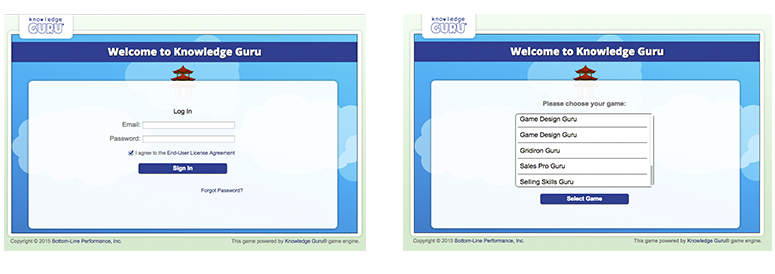
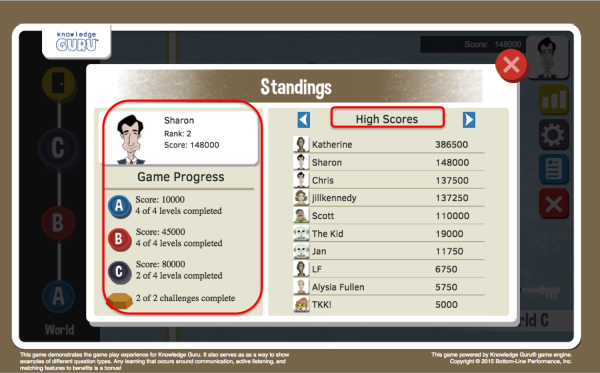
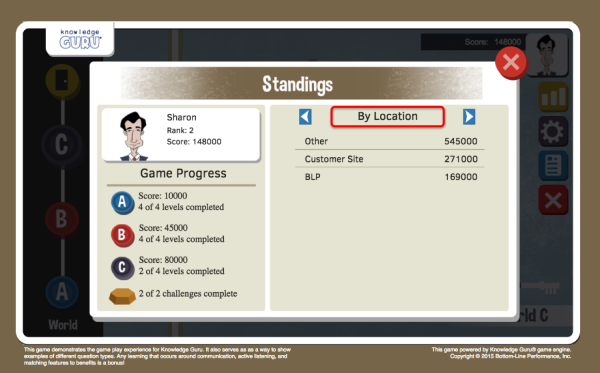
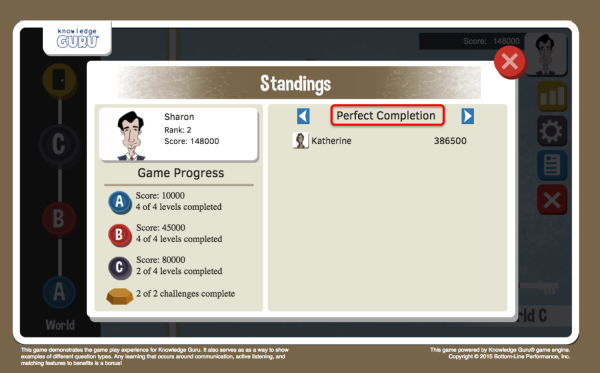
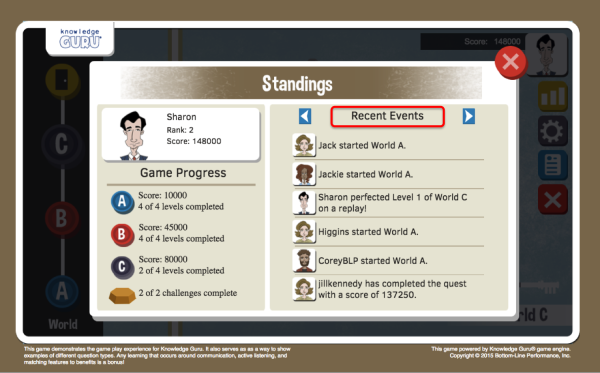
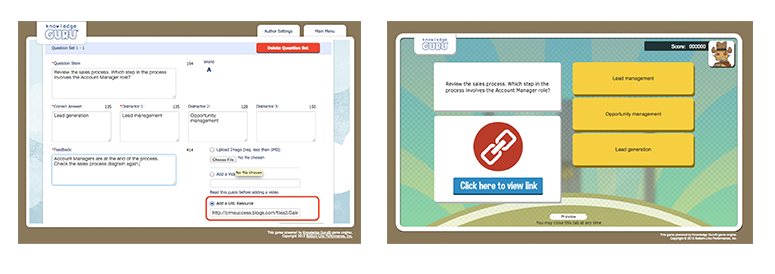

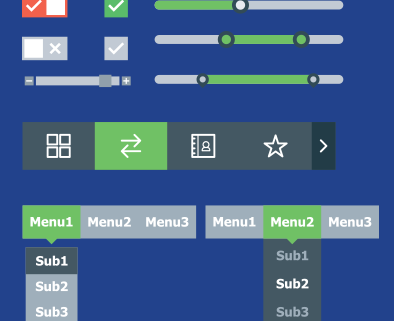



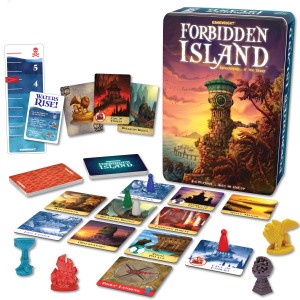
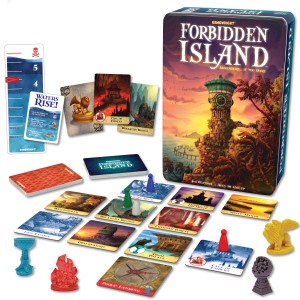 Last weekend, I was with friends and I introduced them to the game
Last weekend, I was with friends and I introduced them to the game 
 I’m teaching a
I’m teaching a 









